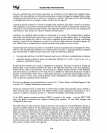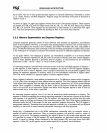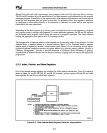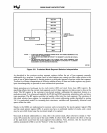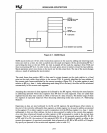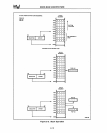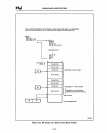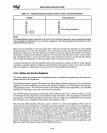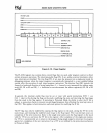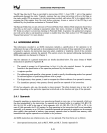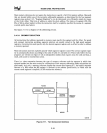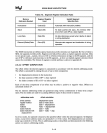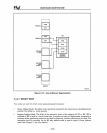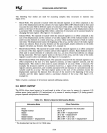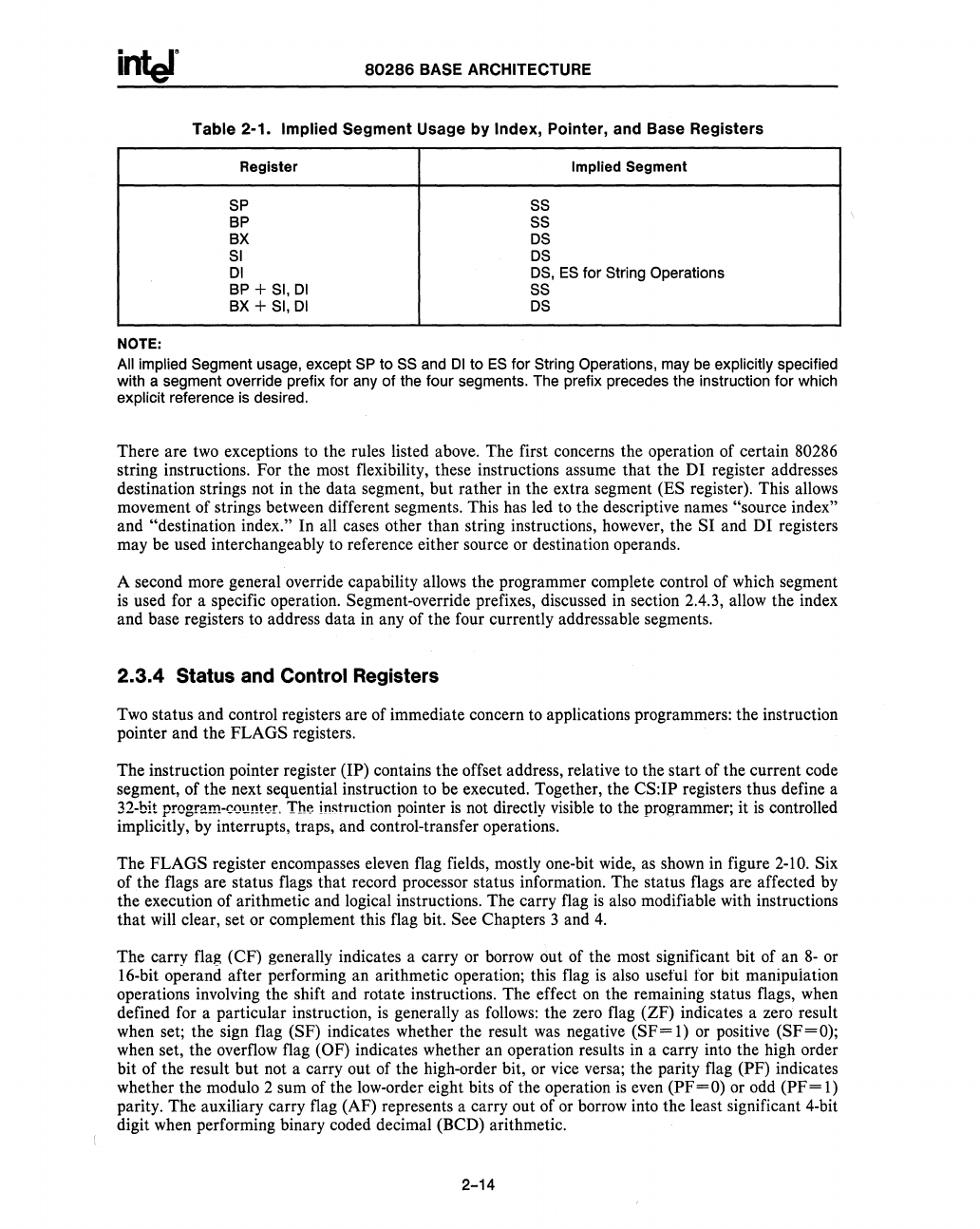
80286
BASE ARCHITECTURE
Table 2-1.
Implied Segment Usage
by
Index, Pointer, and Base Registers
Register Implied Segment
SP
55
BP SS
BX
OS
SI
OS
01
OS,
ES
for
String Operations
BP
+
51,
01
SS
BX + SI,
01
OS
NOTE:
All implied Segment usage, except
SP
to
SS and
01
to
ES
for
String Operations, may be explicitly specified
with a segment override prefix
for
any
of
the four segments. The prefix precedes the instruction
for
which
explicit reference is desired.
There are
two
exceptions
to
the rules listed above. The first concerns the operation of certain 80286
string instructions. For the most flexibility, these instructions assume that the DI register addresses
destination strings not in the data segment, but rather in the extra segment
(ES register). This allows
movement of strings between different segments. This has
led to the descriptive names "source index"
and "destination index." In all cases other than string instructions, however, the SI and DI registers
may be used interchangeably
to
reference either source or destination operands.
A second more general override capability allows the programmer complete control of which segment
is
used for a specific operation. Segment-override prefixes, discussed in section 2.4.3, allow the index
and base registers to address data in any of the four currently addressable segments.
2.3.4 Status and Control Registers
Two
status and control registers are of immediate concern
to
applications programmers: the instruction
pointer and the
FLAGS registers.
The instruction pointer register (IP) contains the offset address, relative
to
the start of the current code
segment, of the next sequential instruction to be executed. Together, the
CS:IP registers thus define a
32-bit
program-counter. The instmction pointer
is
not directly visible
to
the programmer; it
is
controlled
implicitly, by interrupts, traps, and control-transfer operations.
The
FLAGS register encompasses eleven flag fields, mostly one-bit wide, as shown
in
figure
2-10.
Six
of
the
flags are status flags that record processor status information. The status flags are affected
by
the execution of arithmetic and logical instructions. The carry flag
is
also modifiable with instructions
that
will
clear, set or complement this flag bit. See Chapters 3 and
4.
The carry flag (CF) generally indicates a carry or borrow out of the most significant bit of an
8-
or
16-bit operand after performing an arithmetic operation; this flag
is
also useful
for
bit manipuiation
operations involving the shift and rotate instructions. The effect
on
the remaining status flags, when
defined for a particular instruction,
is
generally
as
follows:
the zero flag (ZF) indicates a zero result
when set; the sign flag
(SF) indicates whether the result
was
negative
(SF=
1)
or positive (SF=O);
when set, the overflow flag (OF) indicates whether an operation results in a carry into the high order
bit of the result but not a carry out of the high-order bit, or vice versa; the parity flag (PF) indicates
whether the modulo 2 sum of the low-order eight bits of the operation
is
even (PF=O) or odd
(PF=
1)
parity. The auxiliary carry flag (AF) represents a carry out of or borrow into the least significant 4-bit
digit when performing binary coded decimal (BCD) arithmetic.
2-14



